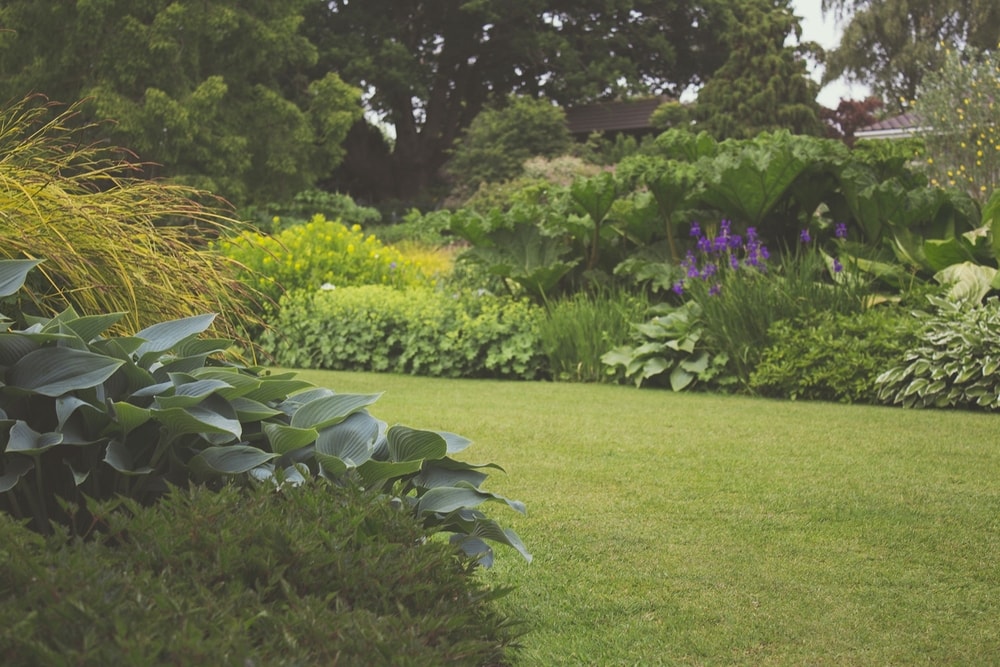Tips to Landscape a Cottage Style House
Quaint and charming are two words that can describe a cottage style house. When it comes to the landscape design of a cottage style house, you might envision the colorful and vegetative-abundant setting of a Thomas Kinkade painting. You can create a landscape design with an extravagant array of flowers and shrubs to accentuate the charm of your cottage style house whether or not there are plants in your landscape now.
Plants and Shrubs for a Cottage Landscape
The landscape design of a cottage style house will have little grass. Instead, there will be a dense display of flowers, preferably self-seeding varieties that will fill in the landscape over a few years at no additional expense. Perennial flower options for a cottage landscape design might include: candytuft, chives, clematis (climber), columbine, coneflower, daisy, lily, phlox, Russian sage, or yarrow.
Annuals or biennials flowers are used for additional color and to fill empty areas until the perennials spread, either through self-seeding or digging and dividing the clump of the plant about every three years. Annual/biennials flower options for a cottage landscape design might include: alyssum, evening primrose, foxglove, hollyhock, marigold, pansy, or snapdragon.
Roses, including climbers and bushes, are perhaps the most common choice for a cottage landscape design. Other shrubs and bushy flowers to consider for cottage landscape design are: azalea, butterfly bush, English lavender, fuchsia, heather, lilac, or rhododendron.

Walkway
A walkway can be constructed of brick, pea gravel, flagstone or cobblestone for aged appearance. If installing a new cement walkway, “stamp” the surface to mimic brick. For an existing cement walkway, stain the surface to tone down the bright color. Although walkways can be straight, a curving walkway adds a touch of mystery to the visitor using the walkway-what lies beyond the curve?
Accents
An arch over a walkway provides visitors a doorway to the garden. Position a seating location in the midst of flowers, perhaps with a rustic wood bench. A gazing ball, bird house, garden obelisk or sundial can also be used to draw attention to favorite plantings or to fill a void.
Layout
On a large sheet of paper, sketch the perimeter of your yard and draw stationary objects, like house, garage and walkways. Next, mark the location for shrubs, allowing sufficient space for the expected growth of the shrub.
To make it easier to care for the plants and get cuttings, flower beds should be no more than 4 feet wide if reachable from only one side; up to 7 feet wide if reachable from opposite sides. Mark the location on your landscape design paper for the position of desired flowers so they are outside the expected growth reach of the shrubs or trees. Consider the growth height and width of the plants to allow adequate space between each plant. Set plants in groups. If planting perennials, place them first in your plan and then use annuals to fill in gaps.
Sources: Thomas Kinkade Cottages